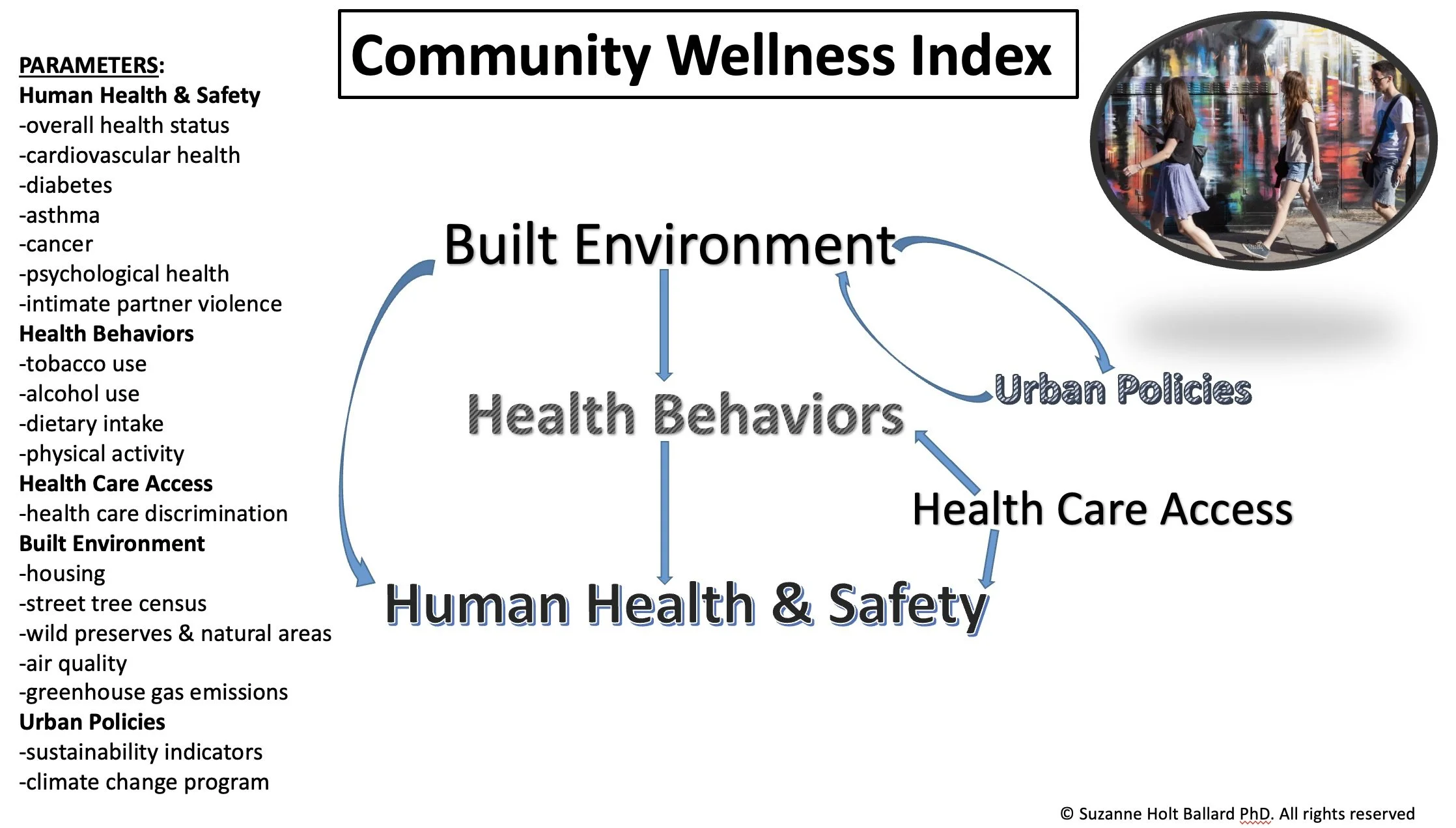Wellness is a holistic concept embracing physical and mental health, and wellbeing. Wellness is a condition (or state of being) characterized by the harmonious integration of mind, body and self. We optimize wellness by adopting health-empowering behaviors (nutrition, exercise, social connection) and by cultivating positive subjective wellbeing (hedonic dimension: maximizing joy and pleasure; and eudaimonic dimension: incorporating values and meaning into life). When we bring these elements into alignment, we achieve an optimum state of Wellness.
Salutogenesis: creating health
“We are coming to understand health not as the absence of disease, but rather as the process by which individuals maintain their sense of coherence and ability to function in the face of changes in themselves and their relationships with their environment.”
Aaron Antonovsky, Professor of Medical Sociology, 1987
Salutogenesis refers to the creation of health, or the fostering of healing, just as pathogenesis refers to the creation or development of disease. Salutogenesis is concerned with the relationship between health, stress, and coping, and the use of personal and environmental resources to maintain health.
The term was coined by Antonovksy in 1968.
Reflection: Creating Health
•How could you introduce elements of salutogenic design into your home environment?
[Hint: focus on one or more of the salutogenic factors]
•How could you strengthen salutogenic habits or practices in your everyday life?
[Hint: take time to think about the values that guide your life; spend time with someone important to you; exercise gratitude and forgiveness]
Pathways to Wellness: Four Concepts
Concept 1: Wellness unfolds across different time scales
•Wellness begins to take shape before birth and continues to develop across the lifespan
•Wellness is malleable – open to change and responsive to different circumstances
•Wellness emerges from our experiences of – and reactions to – social and environmental stressors, and exposures
Concept 2: Social Determinants Drive Health AND Wellbeing (i.e. levels of Wellness)
“With the increasing emphasis on value-based care, and growing recognition that factors outside health care are among the strongest determinants of the health and health care needs of individuals and populations, efforts are growing to strengthen the activities and tools related to community health”
Vital Directions for Health and Health Care Institute of Medicine, 2017
Health systems are now starting to implement basic screening of Social Determinants of Health (SDoH) in primary care. The Centers for Medicare and Medicaid (CMS) has included these screenings on a permanent basis.
Concept 3: Place is a Determinant of Health, Wellbeing and Equity (i.e. levels of Wellness)
The neighborhoods in which we live and work shape, to a significant degree, our physical and psychological health. Factors such as neighborhood walkability, availability of public transit, access to healthy food, and medical services, are critical determinants of health.
“Health disparities are geographically localized, with ~80% of health disparities occurring within ~6000 (16%) of all 38,000 US ZIP codes. Socio-economic status (SES), behavioral and environmental factors (social determinants) account for ~80% of variance in health outcomes and cluster geographically” (Puckrein et al, 2015)
We can refer to this as the GPS of Wellness (Place + Mobilities)
Reflection and Action
•Think about the last time you were in open green space. How did it make you feel?
•Take time to notice the green spaces around you – the colors, the aromas, the birds and the animals that live there, or pass through. Now take time to notice how you feel.
•Bring plants into your living environment – your apartment, your house, the room where you like to study – and pay attention to your mood.
•Take a walk – even a quick walk – in a neighborhood park.
•Ride a bicycle along the cycle path.
Concept 4: Planetary Health
Planetary Health is defined by The Rockefeller Foundation -The Lancet Commissions as follows:
Planetary health involves “the achievement of the highest attainable standard of health, wellbeing, and equity ...through judicious attention to the human systems—political, economic, and social—that shape the future of humanity and the Earth’s natural systems that define the safe environmental limits within which humanity can flourish.”












